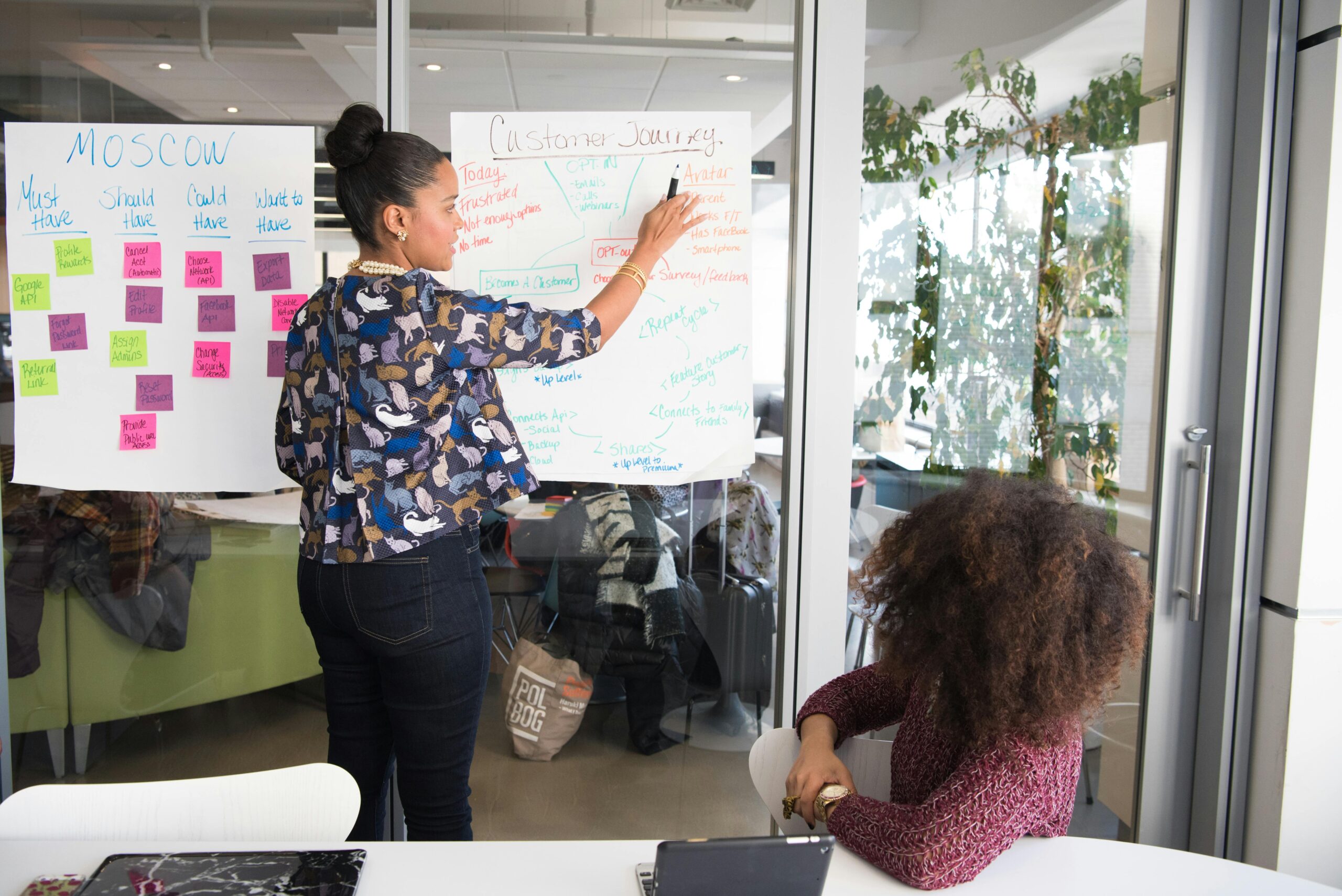Many project teams today face a serious challenge: they lack the skills needed to consistently deliver value. The project skills gap is widening, and it’s having a measurable impact on performance. According to the PMI Pulse of the Profession 2024 report, 57% of projects fail to meet their original goals—often because of underdeveloped skills, not flawed strategies.
To bridge this gap, PPMOs must lead a structured approach to capability uplift. This goes beyond basic training. It builds long-term, role-specific expertise across project teams and aligns development efforts with strategic delivery outcomes.
Start With Skill Visibility
Effective capability uplift begins by identifying where gaps exist. Use tools like skills assessments, project delivery audits, or feedback from project stakeholders to pinpoint weak areas. These could range from stakeholder engagement and risk management to agile delivery or benefit realization.
Once gaps are visible, the PPMO can prioritize which skills to strengthen based on portfolio needs. This helps avoid generic training and ensures efforts are focused where they matter most.
Design for Real-World Learning
Gartner recommends combining classroom learning with hands-on experiences and coaching (Gartner, 2023). A strong capability uplift strategy includes elements such as:
- Role-based training paths
- Project simulations
- Peer reviews
- Mentorship programs
These methods improve skill retention and promote faster application on live projects.
Build a Partnership Model
To succeed, capability uplift must be a shared responsibility. PPMOs should work with functional leaders and HR to integrate development into workforce planning. Antonio Nieto-Rodriguez, author of The Project Economy Has Arrived, states, “Organizations that link project capability development to strategic workforce planning see 24% better project outcomes.”
This alignment ensures that upskilling is not a standalone effort, but part of how the organization builds and sustains project talent.
Track Progress and Show Results
Tracking capability uplift helps demonstrate value. Consider reporting skill improvement alongside traditional KPIs. For example, track changes in team capability scores, certification rates, or delivery success rates over time.
When leaders can see how skill-building improves outcomes, it’s easier to justify further investment.
Use Tools to Accelerate Learning
Learning platforms like LinkedIn Learning or Microsoft Viva Learning can support continuous development. These tools offer:
- Microlearning modules
- Certifications tied to project roles
- On-demand content aligned with enterprise tools
These resources make it easier for teams to learn as they work, without disrupting delivery.
Create a Learning Culture
Finally, successful capability uplift depends on culture. PPMOs should encourage a growth mindset across teams. Celebrate learning achievements, reward knowledge-sharing, and support internal mobility.
Organizations that invest in capability uplift not only close the project skills gap, but also retain top talent and deliver better results across the portfolio.
Conclusion
The project skills gap can’t be closed with one-off training. It takes a long-term strategy, supported by data, tools, and leadership. By embedding capability uplift into PPMO practices, organizations can turn skills development into a competitive advantage—one that drives delivery success and supports sustained growth.
References:
PMI Pulse of the Profession 2024 | Project Management Institute | 2024
The Project Economy Has Arrived | Antonio Nieto-Rodriguez | 2021
Create a Talent Strategy to Support the Enterprise’s Project Needs | Gartner | 2023
Why Capability Building is Critical to Project Delivery | McKinsey & Company | 2022
Learning in the Flow of Work | Josh Bersin | 2023




